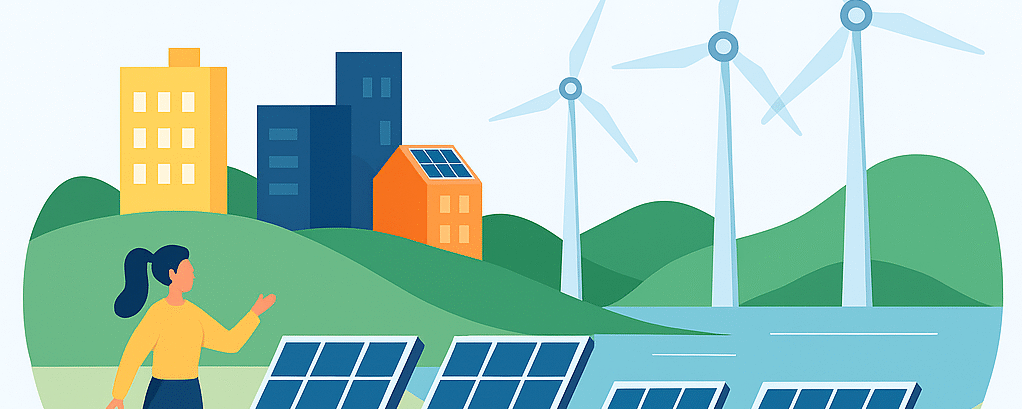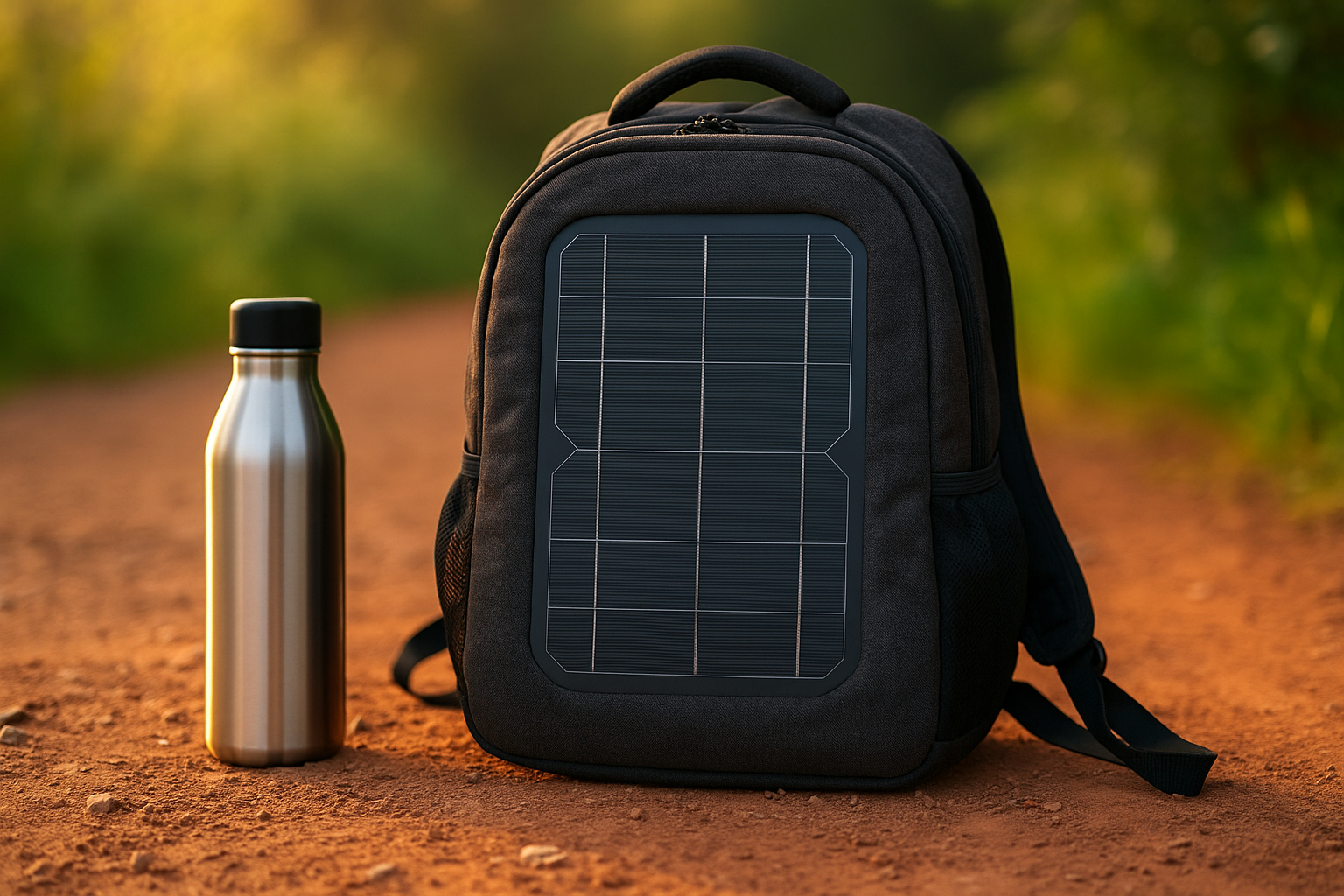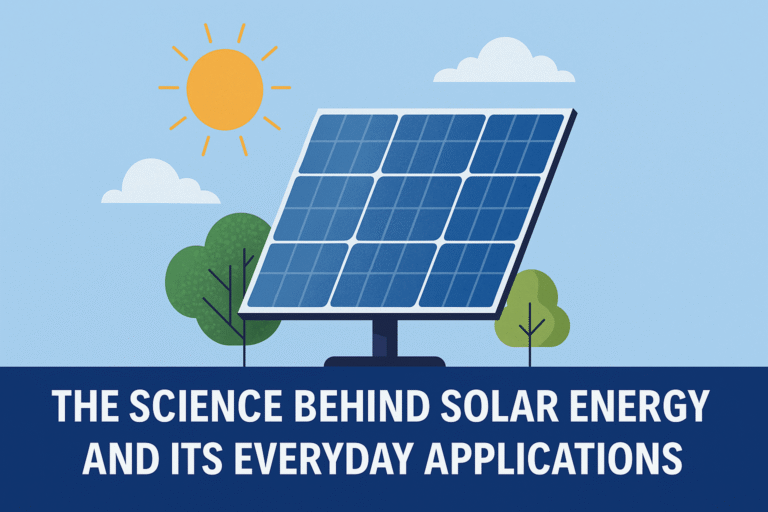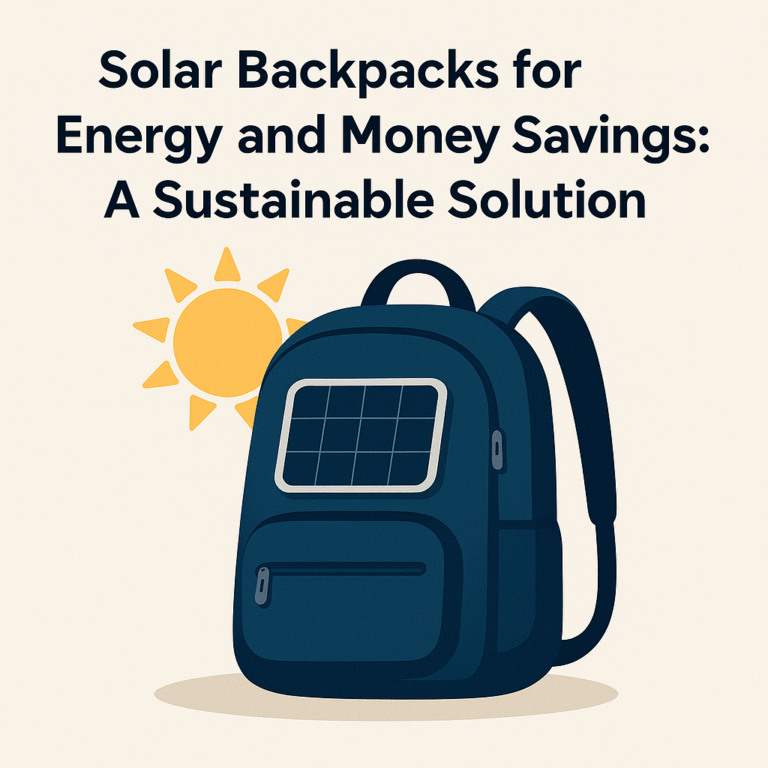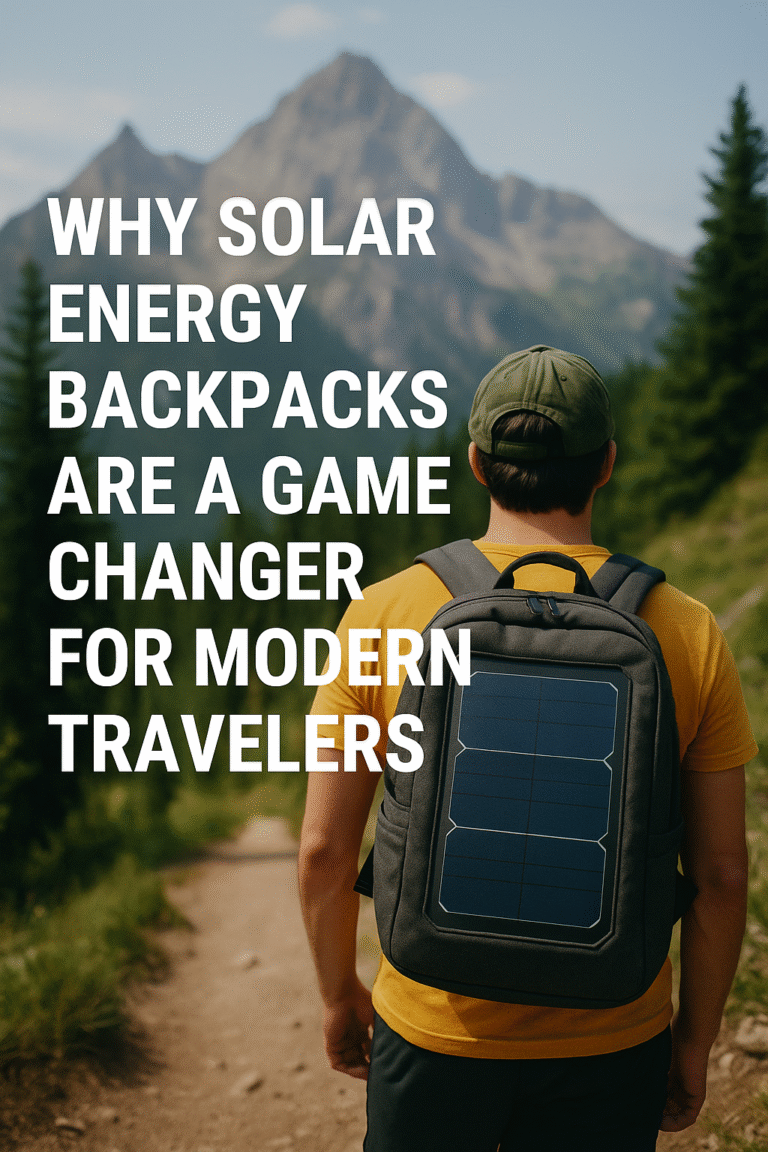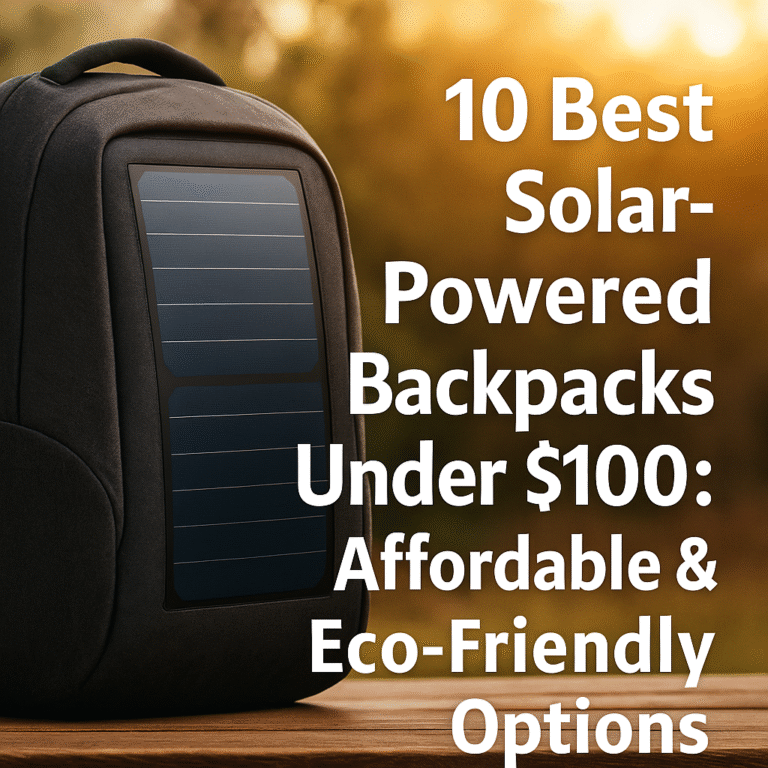Lighten Your Load with Solar Energy Backpacks: A Sustainable Power Solution
lighten your life – In today’s fast-paced world, staying connected and powered up on the go is essential. However, traditional methods of charging devices often come with limitations, whether it’s finding an available outlet or carrying around bulky power banks. Enter solar energy backpacks – a revolutionary solution that not only lightens your load but also harnesses the power of the sun to keep you powered up wherever you are. In this comprehensive guide, we’ll explore the ins and outs of solar energy backpacks, from how they work to their environmental benefits and practical applications.
The Science Behind Solar Energy Backpacks
At the heart of every solar energy backpack are photovoltaic (PV) solar panels, which convert sunlight into electricity through the photovoltaic effect. These panels are typically made of silicon-based semiconductor materials, which generate an electric current when exposed to sunlight. The electricity generated by the solar panels is then stored in a rechargeable battery integrated into the backpack, ready to power your devices whenever you need it.
Solar panels are usually located on the exterior of the backpack, strategically positioned to maximize exposure to sunlight. Most modern solar energy backpacks feature high-efficiency solar panels that can generate ample power even in low-light conditions, ensuring reliable charging regardless of the weather or time of day.
Why Choose Solar Energy Backpacks?
Lighten Your Load: These backpacks eliminate the need for heavy power banks, making them perfect for travelers and outdoor enthusiasts.
Eco-Friendly Technology: By harnessing solar energy, these backpacks reduce reliance on fossil fuels and promote renewable power solutions.
Versatility: Use them for hiking, camping, commuting, or even as a daily backpack.
Cost-Effective: Save money on portable chargers and reduce your carbon footprint simultaneously.
Practical Applications
Solar energy backpacks are incredibly versatile and can be used in a variety of situations. Whether you’re hiking, camping, traveling, or simply commuting to work or school, a solar energy backpack can be your reliable companion. Imagine being able to charge your smartphone, tablet, or camera while exploring the great outdoors, without having to worry about finding a power outlet or carrying extra batteries. With a solar energy backpack, you can stay connected and powered up wherever your adventures take you.
Moreover, solar energy backpacks are not just limited to personal use – they also have practical applications in disaster relief efforts, outdoor events, and off-grid living. In areas where access to electricity is limited or unreliable, solar energy backpacks can provide a lifeline by powering essential communication devices, medical equipment, and lighting systems.
Environmental Benefits
One of the most compelling reasons to invest in a solar energy backpack is its environmental benefits. By harnessing the power of the sun, these backpacks offer a clean, renewable energy source that reduces reliance on fossil fuels and helps combat climate change. Every time you charge your devices using solar energy, you’re reducing your carbon footprint and contributing to a more sustainable future.
In addition to reducing greenhouse gas emissions, solar energy backpacks also help conserve natural resources by decreasing the demand for non-renewable energy sources such as coal, oil, and natural gas. By choosing solar power, you’re not only saving money on electricity bills but also helping to preserve the planet for future generations.
Tips for Choosing the Right Solar Energy Backpack
Battery Capacity: Look for a backpack with a high-capacity battery to charge multiple devices.
Durability: Ensure it’s weather-resistant and built for outdoor use.
Solar Panel Efficiency: Opt for backpacks with high-efficiency solar panels for faster charging.
Comfort: Adjustable straps and padded backs are essential for long trips.
Additional Features: Some backpacks come with USB ports, waterproof zippers, and extra storage compartments.
Conclusion
Solar energy backpacks represent a revolutionary approach to portable power, offering a sustainable and eco-friendly solution for staying connected and powered up on the go. Whether you’re an outdoor enthusiast, frequent traveler, or simply someone who values sustainability, a solar energy backpack is a worthy investment that can enhance your lifestyle while reducing your environmental impact. So why settle for traditional charging methods when you can harness the power of the sun? Make the switch to solar energy today and enjoy the freedom of sustainable on-the-go power.
